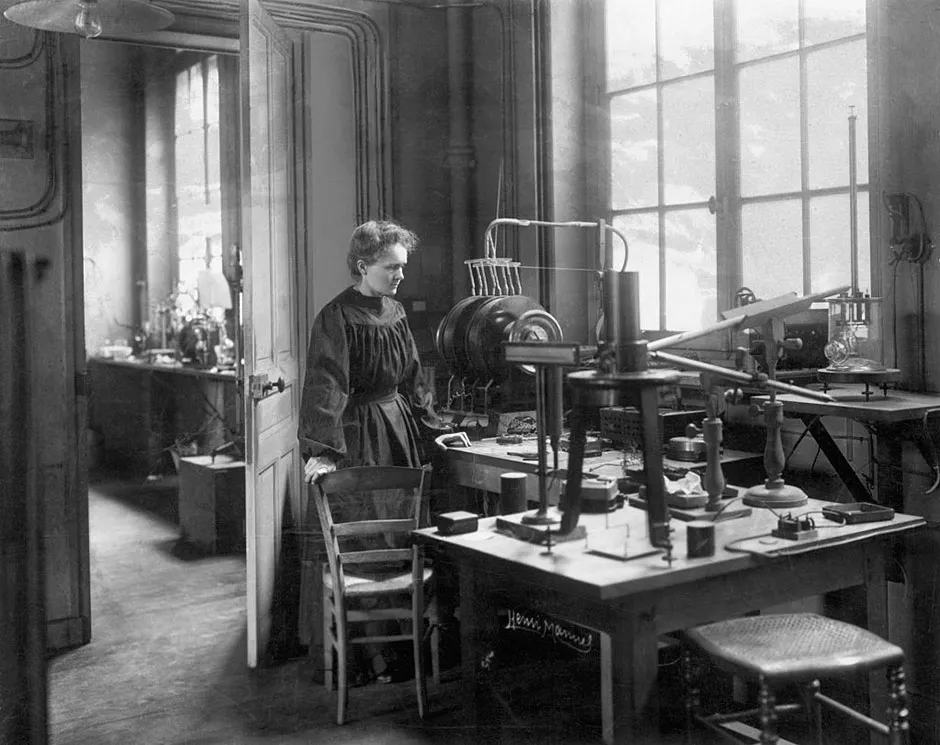Marie Skłodowska Curie is recognised throughout the world not only for her ground-breaking Nobel Prize-winning discoveries but also for having boldly broken many gender barriers during her lifetime. Here are five fantastic facts about the amazing scientist.
1
Curie was the first person to win two Nobel Prizes

Curie won her first Nobel Prize in 1903, sharing the physics prize with her husband Pierre and physicist Henri Becquerel. After becoming the first woman to be granted a Nobel Prize, Curie later became the first person to earn a second one. In 1911, she received her second of the prestigious award – in chemistry this time – for her isolation of radium.
2
She managed it all without a fancy lab
Curie and Pierre conducted the bulk of their ground-breaking research and experimentation in a lab that was described by chemist Wilhelm Ostwald as “a cross between a stable and a potato shed.” In fact, when he first saw the lab, he thought it was “a practical joke.”
3
Nobel Prizes were a family affair

By 1925, Curie’s daughter Irène received her doctorate, having joined her mother in the field of the study of radioactivity. Ten years later, she and her husband, Frédéric, were jointly awarded the Nobel Prize in Chemistry for the breakthroughs they had made in the synthesis of new radioactive elements.
4
Curie was the first female professor at Sorbonne University
Following her husband’s tragic death in a 1906 accident, Marie was appointed to Pierre’s seat at the Sorbonne, making her the university’s first female professor. Just three years earlier, she had been the first woman in France to earn a doctorate.
5
Curie is buried in the Panthéon in Paris

In 1995 the remains of Curie and her husband were enshrined in the Panthéon in Paris, a mausoleum reserved for distinguished French thinkers. She became the second woman to receive this honour and the first to earn it through her own achievements.
Among her writing, Curie left behind this thought: "Nothing in life is to be feared, it is only to be understood. Now is the time to understand more, so that we may fear less."
Read more about women in science history:
- Helen Gwynne-Vaughan: An extraordinary botanist whose problems of identity still confront female scientists today
- Cecilia Payne-Gaposchkin: the first to describe what stars are made of
- Dorothy Crowfoot Hodgkin: The exceptional professor who solved the structure of insulin
Radioactive is out now on digital download and available on DVD from 27 July.
- Stream it now on Amazon Prime Video
- Pre-order the DVD on Amazon, base.com or Zavvi